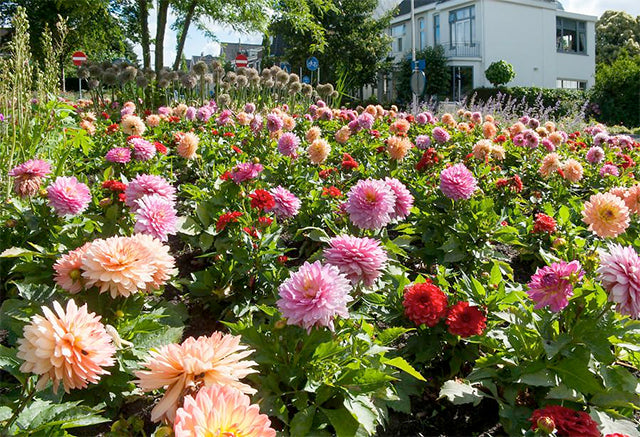
Dahlia Days: A guide through the world of dahlias
I first fell in love with dahlias when I was a gardening student at the Royal Horticultural Garden at Wisley, in Surrey. I spent three months working on the dahlia trials ground, and was lucky that my period there started just as the plants were coming in to flower.

Virtually every shape, size, and colour
The dahlia has come a long way since the first plants arrived in Europe from Mexico, back in the 1700s. Initially, the tubers were regarded as a new type of vegetable, but it was quickly noticed that the small flowers were both attractive and easily hybridised. The challenge was then taken up by generations of gardeners and commercial growers, to make ever better flowering plants in a range of shapes, sizes and virtually every colour except the elusive true blue.
| Farmer Gracy's Dahlia Conundrum |
| See if you can work out the answer to this question (answer at the bottom of this page). Dahlias were first grown by which kind of worker: |
| 1) Electrician 2) Painter 3) Coach driver 4) Plumber? |
Dahlia categories

There are different categories of dahlia flower, and for the average gardener these have been filtered into basic groups of Decorative, Dinner Plate, Pompon, Collarette, Cactus, Anemone-Flowering and Dwarf Bedding. Dahlia purists will have a greater list of categories, with sub-divisions, but they are really only relevant when it comes to growing dahlias for exhibition.
Decorative dahlias, such as ‘Akita’, ‘Contraste’ and ‘Procyon’ , grow to 80cm and more, and make great garden plants.
Dinner plate dahlias, including ‘Arabian Night’, ‘Blue Boy’ and ‘Caballero’, are among the larger flowered types. They typically reach 120cm tall, and their flowers are some of the best for cutting.
Pompon dahlias, such as ‘Franz Kafka’, ‘Golden Sceptre’ and ‘Tam Tam’, are easy to grow, reaching around 90cm tall, and can carry up to 100 drumstick-like flowers per plant.
Collarette dahlias, including ‘Fashion Monger’ and ‘Night Butterfly’, are also easy, and tend to be sturdier; their simple flowers have a charm all of their own.
Cactus dahlias, including the top-selling ‘Bergers Record’ and ‘Dutch Explosion’, have fully double blooms with quite narrow petals, giving the flower a very spiky appearance.
Anemone-flowering dahlias, such as ‘Boogie Woogie’, are unlike other dahlias in that the centres to the flowers comprise long tube-like petals, while the outer parts have layers of flattened petals .
Dwarf bedding dahlias are perfect for those gardeners who do not have the room for full-sized dahlias. Varieties such as ‘Bluesette’, ’Red Pigmy’ and ‘Yellow Happiness’, reach just 50-60cm tall.

Interestingly, you don’t often see dahlias growing in flower borders mixed with other plants. This is because dahlias dislike competition from neighbouring plants – they don’t like sharing soil nutrition, and they like a bit of space around them. So, traditionally, they are grown in beds on their own.
You can use them as ‘accent’ plants among, for example, summer bedding plants, but you must leave space of around 60cm free for them to grow. Or you could grow them with other tender border plants, such as gingers and cannas, for a dramatic tropical effect.
Buying and planting dahlias

Although garden centres sell green dahlias growing in pots in late spring for planting outdoors immediately, this is the most expensive way to grow them, and you usually have very little choice in terms of colour and flower shape. It is better to choose your dahlias from a specialist tuber supplier, such as Farmer Gracy.
Here, you can purchase your dahlias as dormant tubers, any time from January to May. You will receive plump and healthy tubers through the post, in good time for starting them into growth.

If you have a heated greenhouse, conservatory or space on a windowsill indoors, you can start the tubers into growth, ideally in late March or early April. Place the tubers in a pot or tray, so they are only half covered with compost. This helps to prevent them from rotting. New shoots should appear in 14-21 days, and the plant is then ready for potting on into a 1-litre pot, and growing on under glass until the risk of frost has passed.

If you don’t have a place under cover to start the tubers into growth, you can still plant the unsprouted tubers outside, where the plants are to flower. But you will need to plant them about 10cm deep, and to do it about six weeks before the last frosts are expected. This will require a degree of guesswork! Also, remember that dahlias need good support from a stout stake (not just a bamboo cane), so it in important to set the stake into the ground before planting so that you don’t damage the tuber.
If a late frost is forecast after you have planted out the tubers, cover the area with some horticultural fleece or thick layers of newspaper.

As for the soil, dahlias are not particularly fussy about whether it is peaty or chalky – but it should be free-draining (not heavy clay that gets waterlogged in winter), and reasonably fertile (not pure sand, but a good, dark colour). After planting, apply a handful of balanced fertiliser, such as Growmore.
Dahlias will grow best if they are in full sun for at least half the day. However, they are fleshy plants so they are vulnerable to wind damage. Therefore it is essential to give them good support, and ideal to give them a sheltered position.
Growing and aftercare

Dahlias produce mass of delicate feeder roots just under the soil so, in mid-summer, it is a good idea to mulch around the base of plants with a layer of well-rotted compost.
Dahlias produce more flowers on bushier plants if they are ‘stopped’ once they have reached about 40cm tall. Simply pinch out the main growing tip above the top pair of leaves.
When in full growth, a dahlia plant needs a good soaking with water on alternate days. Apply water in the cooler part of the day, and never overhead as this can damage the flowers, and stop buds from opening. Apply an all-purpose liquid fertiliser, such as Miracle-Gro, every week or so from mid-summer, then switch to a high-potash tomato fertiliser, such as Gro-Sure Tomato Food, from late August.

Anyone growing dahlias for exhibition will want perfect blooms, and good staking is crucial in helping to achieve this. Rather than using just one stake to tie the plant to, position three canes to make a triangular ‘frame’ around the plant. Run a ring of twine around the three stakes to contain and support the plant’s growth within the triangle.
Bringing dahlias indoors for the vase

If you have an allotment, or an area of the garden dedicated to plants for cutting and bringing indoors for the vase, then dahlias are a perfect choice. To grow a single, strong flower on a long, straight stem that is perfect for a vase, just pinch out the smaller flower buds either side of a central bud. This remaining bud is then left to grow and mature into a stunning bloom.

When it comes to picking dahlias, only pick ones already in full flower. In the kitchen, recut the hollow stem ends under water to avoid airlocks.
Finally, at least a couple of times a week it is important to do some deadheading. This will make the plants look much better and will prolong the flowering period. Cut the faded heads off, removing the whole stalk down to its joint with a larger stem.
Dahlias: A good taste
In the Japanese language of flowers, the dahlia means ‘good taste’ – if you grow dahlias you are demonstrating that you are stylish and sophisticated when it comes to gardening! So, have we excited you about the prospect of a garden full of dahlias in 2017? If we have, there are plenty to choose from on the Farmer Gracy website.
The answer to the Dahlia Conundrum: 4) Plumber. Dahlias were originally grown for their hollow, woody stems which, when dried, were used as water pipes and conduits!
 |
Graham Clarke |





















































































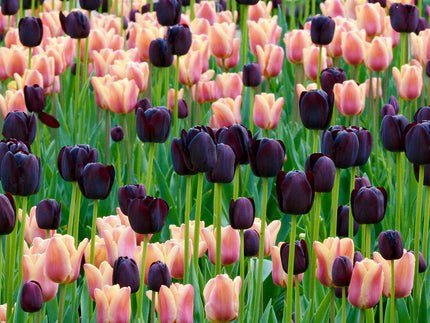
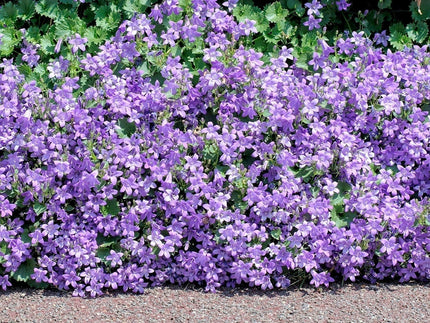
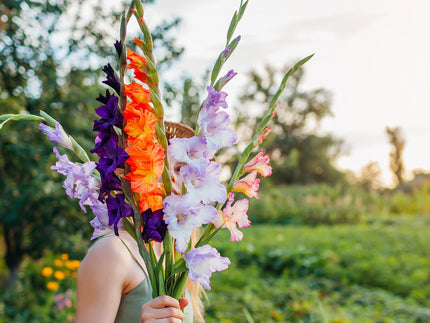
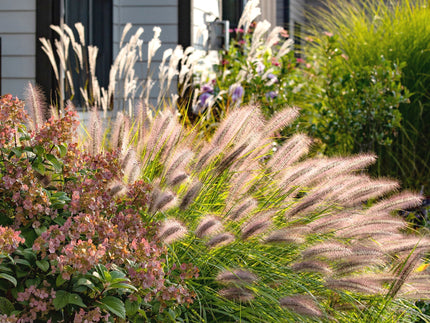
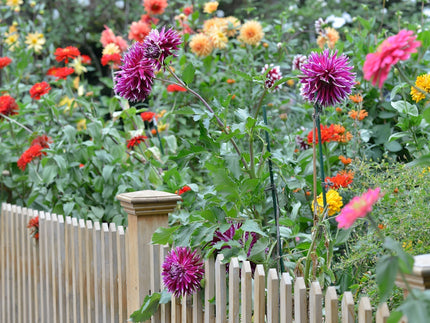
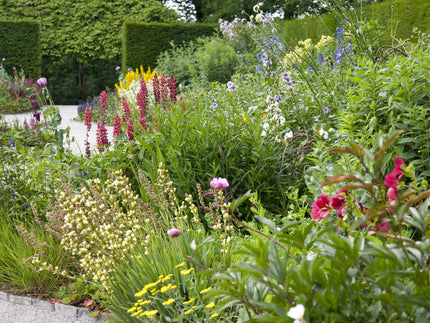
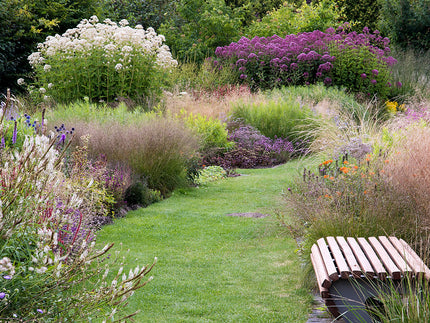
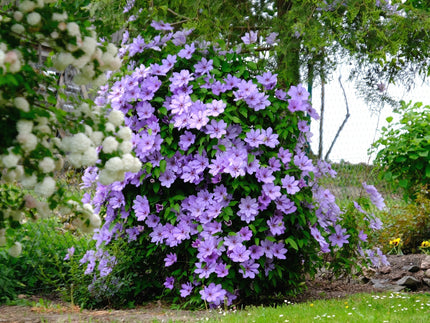
2 comments
This is my second year of growing dahlias, had a good showing last year so decided to try propagating and taking cuttings from my nicest dahlias. This website is the best one I have seen for giving simple concise information. Well done
Good to have well trained people helping us with dahlias.